Lithium-ion batteries have become a crucial part of our daily lives as they are used in a variety of electronic devices, including laptops, smartphones, and cameras. So it’s no surprise that the demand for these advanced batteries is projected to increase elevenfold between 2020 and 2030, reaching over two terawatt-hours in 2030. They are lightweight and have a high energy density, which means they can store more power than other types of traditional batteries. But what exactly are these 18650 lithium batteries? How do they work? And how can business buyers tell if a particular 18650 battery is right for them? Today’s blog will answer all of these questions and more!
Table of Contents
What is a 18650 battery?
What are the advantages of using 18650 batteries?
How to find the right 18650 battery?
Best practices for storing 18650 batteries
Discover other types of batteries
What is a 18650 battery?
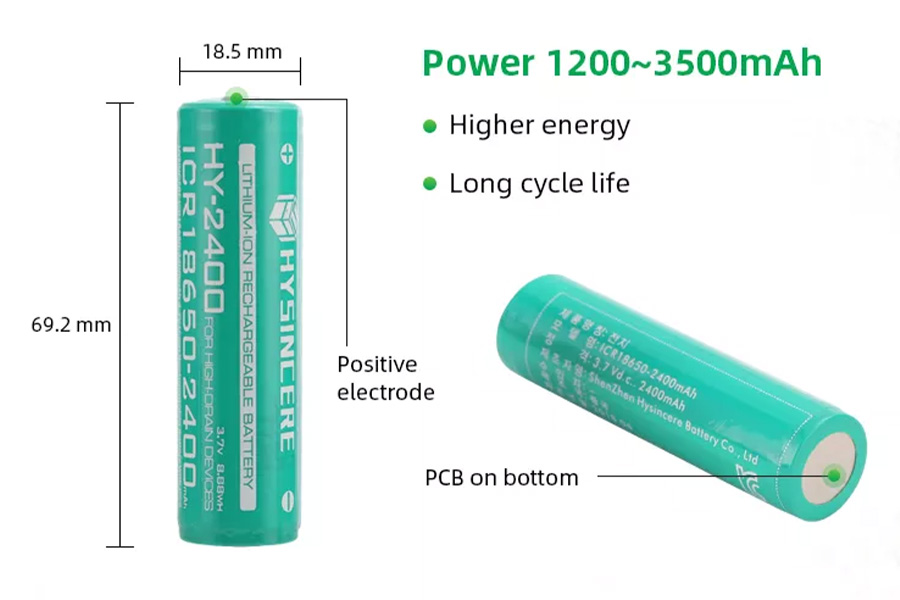
A 18650 battery is a lithium-ion rechargeable cell named after its dimensions: 18mm in diameter and 65mm long. The nominal voltage of standard 18650 batteries is 3.7 volts, and they are commonly used in battery packs, flashlights, laptops, vaping, and even some electric vehicles.
These batteries have a high capacity and are made up of five main parts: a positive electrode, a negative electrode, a separator, an electrolyte, and a cell case. Four different chemical compositions can be found in the negative electrode:
- Lithium cobalt oxides (LiCoO2)
- Lithium manganese oxide (LiMn2O4)
- Nickel-cobalt-manganese lithium (LiNiMnCoO2)
- Nickel-cobalt lithium aluminate (LiNiCoAIO2)
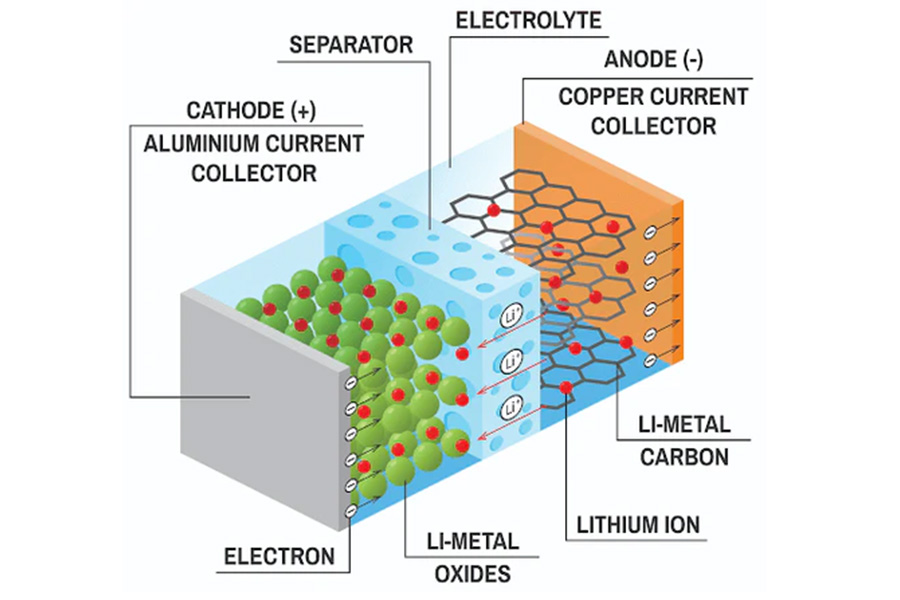
18650 batteries can withstand high temperatures and have long run times compared to alkaline cells such as disposable AA batteries. The 18650 is considered a high-drain battery type, as it can drain up to 0% of its charge. But this practice is not recommended, as it can have a detrimental effect on the battery’s long-term performance.
What are the advantages of using 18650 batteries?
What makes 18650 batteries different from other types of rechargeable lithium batteries? To answer this question, we’ll explore the main characteristics of these cells in terms of capacity, self-discharge rate, and charging cycles.
High capacity
When comparing 18650 batteries to other rechargeable batteries, one must consider first how much power a 18650 battery can have. The capacity is the amount of energy contained in the battery and it’s measured in mAh (milliampere-hour).
Some 18650 Li-ion battery packs have capacities of up to 6,000 mAh, which is much more than double the capacity of a primary AA battery (about 400-900 mAh). This means that with just one Li-ion 18650 battery, users can get more work done than with several other types of non-rechargeable batteries combined.
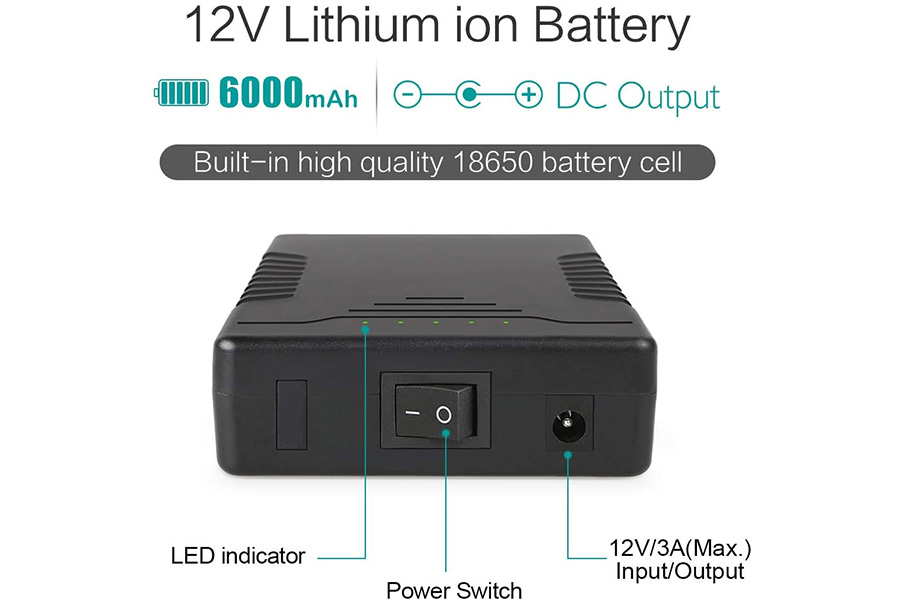
Low self-discharge rate
The second advantage of 18650 cells is the fact that these lithium batteries have a low self-discharge rate, which makes them last much longer than other types of rechargeable batteries. For example, the 2,600mAh lithium battery has an excellent discharge cycle performance curve and can maintain more than 80% of its capacity after 500 deep discharging cycles.
Battery self-discharge is a natural event that occurs when a battery is not being used, as it will slowly discharge itself over time. This self-discharge phenomenon is caused by electrochemical reactions that take place inside the battery even if it’s sitting idle.
Large number of charging cycles
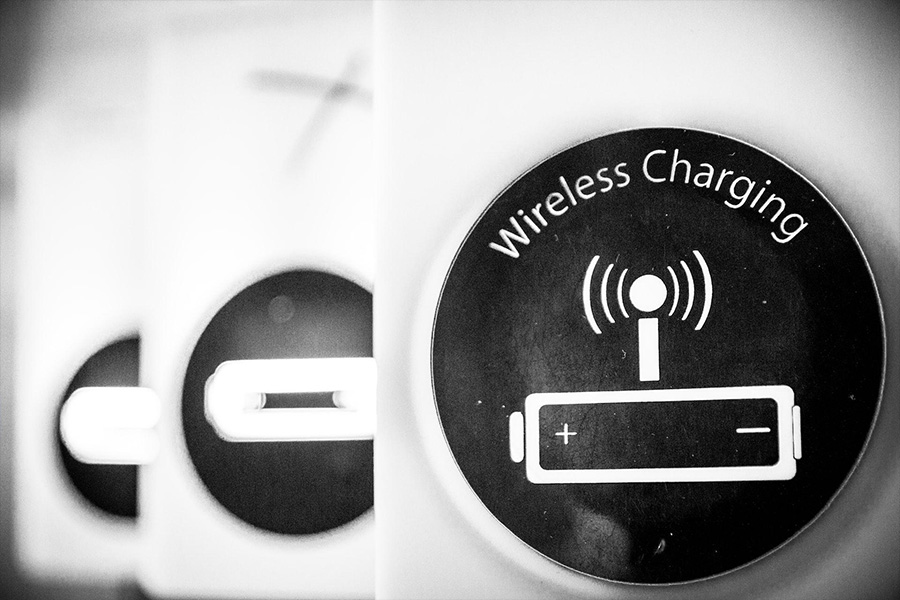
One of the best things about 18650 batteries is that they’re incredibly resilient. This means they can be charged and discharged hundreds of times, providing users with a long-lasting battery that doesn’t need to be replaced often. In fact, batteries such as high-power rechargeable lithium cells can be recharged up to 500 times before they start losing their ability to hold power.
But how long does it take to charge a 18650 battery? A typical 18650 battery charger has an output of 1000mAh, which means that charging a 2000mAh 18650 battery would take two hours. This is much faster than the four-hour charging time of AA batteries.
How to find the right 18650 battery?
Before buying a 18650 battery for a given electronic device, buyers should know its basic specifications in order to ensure that the appropriate battery is selected. Luckily, this section outlines some key features to look out for when purchasing new lithium-ion 18650 batteries.
Capacity and continuous discharge current
The two most important parameters to consider when purchasing 18650 batteries are capacity and maximum safe continuous discharge rate (also known as C rating). These two values are inversely related, meaning that as capacity increases, maximum discharge current decreases.
The maximum continuous discharge current is the highest amperage at which a lithium-ion battery should be operated. For instance, the 3.6V 18650H is a high-drainage battery cell with a moderate nominal capacity of 2600mAh, but it has a high discharge current of 30A, making it great for flashlights, power tools, and other devices that need to operate at high current throughout their service life.
Flat-top batteries vs button-top batteries
18650 batteries have two versions of positive poles: flat top and button top. Most devices support the use of both types, but button-top batteries such as the Li-ion battery cells are favorable in most electronic devices, as they fit perfectly leaving no space for movement or misplacement.
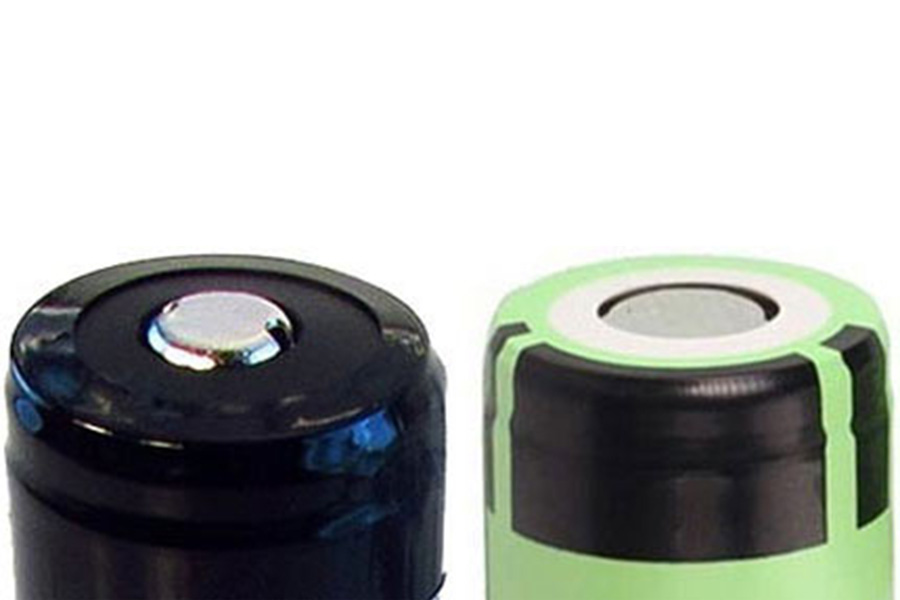
Protected batteries vs unprotected batteries
No one wants to be stuck with a dead battery when they need it most. That’s why it’s important to take the time to distinguish between protected and unprotected batteries before making a purchase decision.
Protected batteries have an embedded electronic circuit in their casings. This circuit protects against overcharge/discharge and short circuits. For example, the 4,000mAh 18650 battery contains a protective board and will safely operate at a temperature of up to 60°C. This is the perfect battery cell for powering devices such as LED lights, portable radios, and cameras.
On the other hand, unprotected batteries do not have this kind of protection built into them, but they usually cost less and have a much larger capacity. However, it’s important to note that they should only be used in conjunction with an external monitoring device, such as battery protection boards or battery management systems to monitor their state of health and prevent any damage or malfunctions.
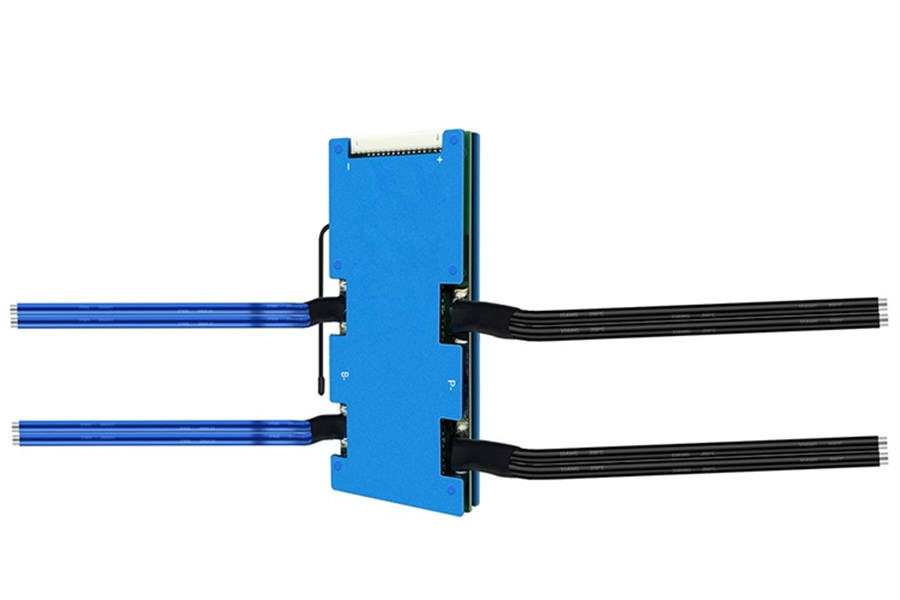
Best practices for storing 18650 batteries
Lithium batteries are extremely sensitive to external conditions and can burst into flames if they’re improperly handled. Therefore, proper storage is essential to preserving their quality and maintaining their shelf life for as long as possible. Here are a few things to keep in mind when storing 18650 batteries.
Temperature
Lithium-ion batteries are sensitive to high temperatures and can be damaged if exposed to high heat for long periods of time. The best way to store 18650 lithium batteries is at room temperature, which is around 20-25 degrees Celsius.
Humidity
18650 batteries should also be stored in a dry area. Moisture can cause corrosion on the electrodes, which can lead to battery failure or permanent damage. Those who live in humid climates may need to store their batteries in a sealed plastic bag, with silica gel beads added to help absorb moisture.
State of charge
Due to their self-discharge nature, it’s highly recommended to store 18650 lithium-ion batteries in a semi-charged state—around 40-60% of their charge capacity. On the other hand, it’s important to avoid storing them fully charged; otherwise, they can become dangerous fire hazards.
Keep away from metal objects
Last but not least, 18650 batteries should be kept away from metal objects, such as coins or keys, as these items risk damaging them or causing them to short-circuit.
Discover other types of batteries
This guide is just a starting point for businesses who want to dive deeper into the world of battery technology. To discover what other kinds of batteries are out there, check out this blog post and learn how to select the best batteries for home and commercial use.




